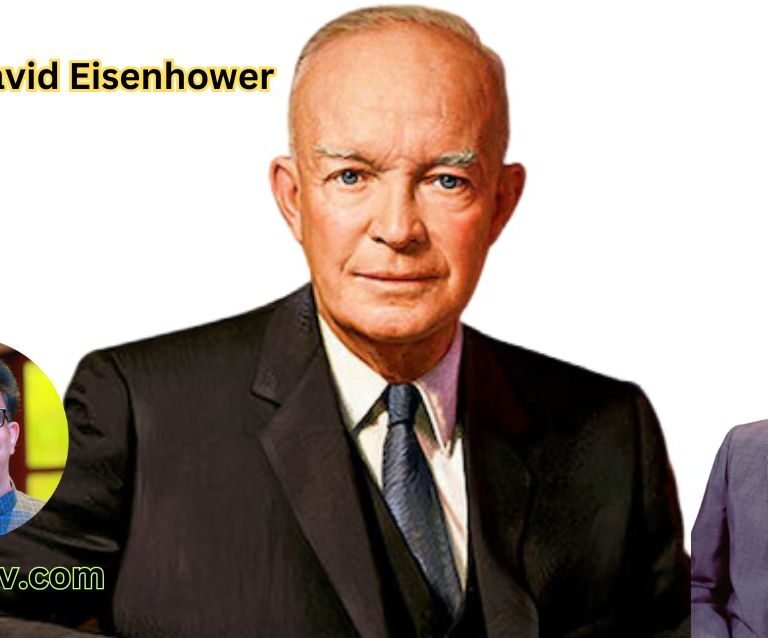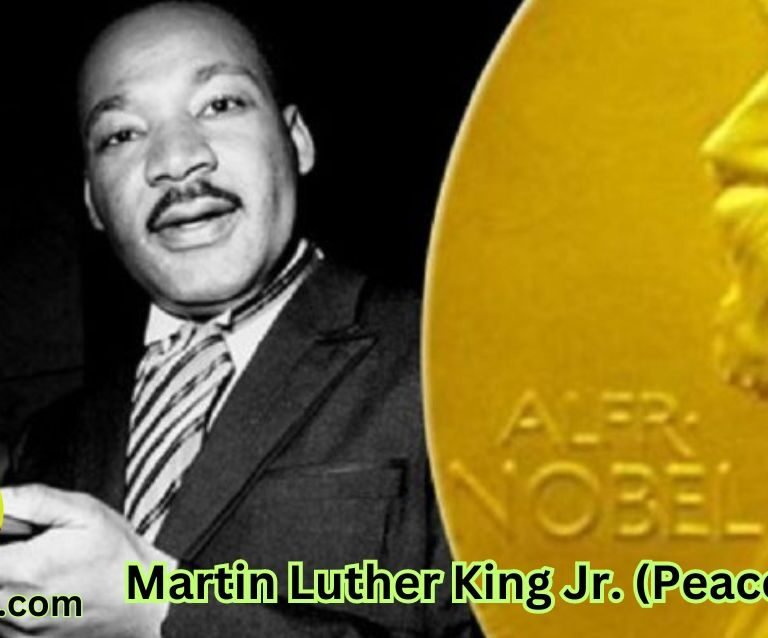The Power of a Dream
On August 28, 1963, amidst the rising tide of the Civil Rights Movement, Martin Luther King Jr. delivered an impassioned speech that would resonate for generations. Known as “I Have a Dream,” this speech was presented during the historic March on Washington for Jobs and Freedom, an event that drew over 250,000 participants to the nation’s capital, seeking justice and equality. King stood on the steps of the Lincoln Memorial, addressing a diverse crowd united in their demand for racial equality. His words, filled with hope and conviction, struck a powerful chord, serving as a catalyst for change and propelling the Civil Rights Movement forward.
The historical context in which this speech was delivered cannot be overstated. The United States was grappling with pervasive racial segregation and discrimination, particularly in the South. Against this backdrop, King’s vision of a nation where individuals would be judged not by the color of their skin but by the content of their character offered a stark contrast to the prevailing realities. This dream of a more equitable and just society became a rallying cry, galvanizing activists and ordinary citizens alike in their pursuit of civil rights.
The immediate impact of King’s “I Have a Dream” speech was profound. It not only energized the movement but also garnered widespread media attention, bringing the issues of racial injustice and inequality to the forefront of the American conscience. His eloquence and fervor highlighted the urgent need for legislative and societal reforms, culminating in landmark achievements such as the Civil Rights Act of 1964 and the Voting Rights Act of 1965.
Today, the speech endures as a symbol of hope and progress, inspiring individuals across the globe to continue striving for a world free of discrimination and prejudice. Martin Luther King Jr.’s dream remains a beacon, reminding us of our collective responsibility to uphold the principles of justice, equity, and unity. The legacy of his words lives on, transcending time and continuing to inspire the ongoing quest for human dignity and freedom.
The Historical Context
The period leading up to Martin Luther King Jr.’s seminal “I Have a Dream” speech was marked by intense civil rights struggles and systemic racial segregation. The Civil Rights Movement, which gained momentum in the early 1950s, was a response to the deeply entrenched racial inequalities and discrimination that African Americans faced daily. The segregation laws, often referred to as Jim Crow laws, enforced separate public facilities, schools, and services based solely on race, maintaining an oppressive social hierarchy.
Key events catalyzed the movement’s momentum, setting the stage for King’s address at the Lincoln Memorial. One of the momentous events was the 1955-1956 Montgomery Bus Boycott, sparked by Rosa Parks’ refusal to give up her bus seat to a white passenger. Organized by the Montgomery Improvement Association and led by a then-young Martin Luther King Jr., the boycott became a powerful statement against segregation in public transportation.
The sit-in movement, beginning with the Greensboro sit-ins in 1960, saw African American students protest segregation at lunch counters by simply sitting and refusing to leave. These non-violent sit-ins rapidly proliferated across the South, challenging segregation in public establishments. Additionally, the formation of organizations such as the Southern Christian Leadership Conference (SCLC) and the Student Nonviolent Coordinating Committee (SNCC) played crucial roles in organizing and amplifying peaceful protests and demonstrations.
Further prominence was gained with the Freedom Rides of 1961, organized by the Congress of Racial Equality (CORE). Interracial groups traveled together on buses through Southern states to challenge the non-enforcement of Supreme Court decisions that ruled segregated public buses unconstitutional. These rides faced violent resistance, drawing national attention to the systemic racial injustices.
Figures like Thurgood Marshall, who led the legal efforts that culminated in the landmark Supreme Court decision Brown v. Board of Education in 1954, ruled that segregated schools were inherently unequal. This ruling was a significant victory, igniting hope and pushing for further change. Collectively, these events built a foundation of relentless resistance and demands for civil rights, creating a fertile ground for the pivotal March on Washington in August 1963, where King delivered his iconic speech.
Analyzing the Speech’s Structure
Martin Luther King Jr.’s “I Have a Dream” speech is a masterclass in rhetorical craftsmanship, structured meticulously to maximize its emotional impact and persuasive power. The speech begins with King grounding his address in the historical context of the Emancipation Proclamation, setting a tone of both reverence and urgency. This opening serves to juxtapose the promise of freedom with the stark reality of ongoing racial injustice, effectively setting the stage for his vision of a better America.
The mid-section of the speech transitions into a vivid and hopeful vision for the future, encapsulated in King’s iconic use of the phrase “I have a dream.” This segment is rich with parallelism—a rhetorical device that King employs extensively to create rhythm and drive his points home. For instance, he repeats the phrase “I have a dream” to paint an evocative picture of a nation where all citizens are judged by the content of their character and not the color of their skin. This repetition not only reinforces his message but also imbues it with a lyrical quality that resonates deeply with the audience.
King then shifts to a trenchant critique of the current state of America, employing metaphors to elucidate the harsh realities faced by African Americans. He describes the situation as a “lonely island of poverty” amidst a “vast ocean of material prosperity,” using imagery to starkly contrast the nation’s wealth with the desperation of its marginalized communities. Such metaphors serve to amplify the emotional gravity of his grievances, making them more relatable and impactful.
In the concluding section, King’s rhetoric soars to new heights as he merges repeated calls to action with fervent expressions of faith and optimism. He invokes the foundational principles of American democracy, asserting that freedom and justice are core tenets that must be extended to all citizens. Through the recurrent use of “Let freedom ring,” King builds a crescendo of inspirational momentum, ultimately urging collective action towards this vision of equality.
The interplay of these rhetorical devices and the structural coherence of the speech not only underline King’s oratorical brilliance but also solidify “I Have a Dream” as a timeless beacon of hope and inspiration.
The Dream: Vision of Equality and Justice
In his monumental “I Have a Dream” speech, Martin Luther King Jr. vividly articulated a vision of a world marked by equality and justice. At the heart of King’s dream was the aspiration for racial equality—a society where individuals, regardless of their skin color, would enjoy the same rights and opportunities. King envisioned a future where freedom was not a privilege for a select few but a universal right, accessible to all.
King’s dream emphasized the importance of judging individuals by the content of their character rather than the color of their skin. This powerful idea underscored his unwavering belief in the intrinsic value of each person. He articulated a world where racial discrimination and prejudice would be relics of the past, replaced by a society grounded in fairness and mutual respect.
King’s vision was not confined to the immediate struggles of the civil rights movement but extended far beyond, encapsulating an aspirational and universal hope for humanity. His dream called for a transformation in the social, political, and economic landscapes—a move towards a more just and equitable society. He spoke of a nation where freedom rang for all citizens, a place where “little black boys and black girls will be able to join hands with little white boys and white girls as sisters and brothers.”
This vision of racial equality was not merely a distant dream but a clarion call to action. King’s words inspired countless individuals to work towards dismantling systemic racism and promoting justice. His dream has continued to resonate through the decades, serving as a beacon of hope and inspiration for those striving to create a more inclusive and equitable world.
Personal Sacrifice and Leadership
Martin Luther King Jr. emerged as a formidable leader during the Civil Rights Movement, driven by an unyielding commitment to justice and equality. His journey was marked by immense personal sacrifice, as he continuously placed the needs of the greater good above his own safety and well-being. Enduring constant threats to his life, King faced numerous challenges that tested his resolve; yet, he remained steadfast in his dedication to nonviolence and civil disobedience, principles deeply rooted in his moral and spiritual beliefs.
King’s leadership qualities were exemplified through his extraordinary oratory skills. His speeches, most notably the iconic “I Have a Dream,” resonated with people across the globe, galvanizing masses with a message of hope and equality. His eloquence was not merely for rhetorical effect; it was a reflection of his profound ability to articulate the struggles and aspirations of the oppressed, empowering millions to envision a future where racial harmony could be a reality.
Furthermore, King’s moral courage was evident in his fearless approach to confronting injustice. Despite facing numerous arrests, physical assaults, and constant surveillance, he never wavered in his insistence on peaceful protest. His visionary thinking allowed him to see beyond immediate obstacles, aspiring to a world where civil rights were universally upheld. This forward-thinking mentality was pivotal in fostering an enduring legacy that continues to inspire future generations.
King’s unwavering commitment, despite personal sacrifices and myriad challenges, underscores his exceptional leadership. His ability to inspire through words and actions solidified his role as a beacon of hope within the Civil Rights Movement. The impact of his leadership is immeasurable, as it continues to ignite the flame of social justice and equality worldwide.
Impact and Legacy
The “I Have a Dream” speech, delivered by Martin Luther King Jr. on August 28, 1963, stands as a pivotal moment in the Civil Rights Movement, stirring the consciousness of a nation. Its immediate impact was palpable, as it galvanized activists and ordinary citizens alike to push for meaningful change. The speech not only attracted widespread attention but injected new energy into the fight against racial inequality and segregation.
One of the most significant outcomes of this heightened activism was the passage of the Civil Rights Act of 1964. This landmark legislation marked a turning point in American history, outlawing discrimination based on race, color, religion, sex, or national origin. It tackled pervasive forms of racial discrimination, particularly in areas such as employment and public accommodations, thus addressing many of the injustices King eloquently decried. The Act represented a concrete legislative victory that moved the nation closer to the ideals articulated in King’s clarion call for justice and equality.
However, the impact of King’s speech extends far beyond the confines of its immediate historical context. It has attained a timeless quality, resonating across generations as a monumental declaration of hope and resolve. In the decades since its delivery, the “I Have a Dream” speech continues to inspire contemporary movements for social justice and human rights. Activists fighting for racial equality, gender rights, LGBTQ+ rights, and other forms of social justice often invoke King’s words as a moral compass guiding their endeavors.
On a global scale, the speech has transcended American borders, becoming emblematic of universal struggles for freedom and human dignity. Leaders and advocates around the world draw on King’s message to inspire movements aimed at dismantling various forms of injustice and oppression. Thus, the legacy of “I Have a Dream” is enduring, fortifying the resolve of all those who seek to champion equality and human rights, both in the United States and abroad.
Lessons for Today
Martin Luther King Jr.’s “I Have a Dream” speech continues to resonate profoundly within today’s social and political landscape. Amidst ongoing struggles against injustice and inequality, King’s vision provides an enduring blueprint for contemporary movements. The timeless lessons derived from his seminal oration serve as essential pillars for effecting meaningful change.
One of the foremost lessons from King’s speech is the imperative to dream big. His grand vision of a society rooted in equality, justice, and brotherhood remains a source of inspiration. For modern activists, the notion of having an ambitious dream is crucial. It fosters a sense of purpose and direction, encouraging individuals to aspire toward transformative goals. King’s dream was not limited by the constraints of his era, and neither should the aspirations of current movements be stifled by present-day obstacles.
Perseverance is another critical takeaway from King’s message. Despite an era fraught with systemic racism and opposition, King’s unrelenting commitment to his ideals underscored the importance of steadfastness. In contemporary struggles, the road toward justice and equality is often long and arduous. Movements today must draw inspiration from King’s persistence in the face of seemingly insurmountable challenges. His determination serves as a reminder that significant progress is achieved through unwavering dedication over time.
Additionally, maintaining hope in the face of adversity stands out as a powerful lesson. King’s speech was imbued with an unwavering sense of optimism, even amid daunting circumstances. Hope acts as a vital source of resilience, bolstering the spirits of those fighting against systemic injustices. It sustains momentum and ignites the collective belief that change is attainable.
In essence, King’s “I Have a Dream” speech offers enduring lessons in dreaming big, persevering, and nurturing hope. As contemporary movements chart their courses toward justice and equality, Martin Luther King Jr.’s words remain a beacon, guiding the quest for a fair and inclusive society.
The Dream Continues
The indelible speech delivered by Martin Luther King Jr., “I Have a Dream,” remains a pivotal moment in the fight for civil rights and equality. With eloquent words, King envisioned a world where justice prevails, and every individual is judged not by the color of their skin, but by the content of their character. This speech, echoing through decades, continues to serve as a beacon of hope and inspiration for countless individuals worldwide.
While reflecting on the significant strides made since King articulated his dream, it is essential to recognize that the journey towards true equality and justice is ongoing. Substantial progress has undeniably been achieved in various spheres of society, from the desegregation of schools to the increased representation of minorities in positions of influence. However, the persistence of systemic inequalities, discrimination, and social injustices reminds us that King’s dream is far from fully realized.
King’s message serves as a reminder that active engagement and dedication to justice are vital. His dream seeks fulfillment not only through legislative changes but also through the daily actions and attitudes of individuals committed to a more equitable world. The values King championed – empathy, respect, and unwavering courage in the face of adversity – provide a guiding framework for how we can collectively contribute to the advancement of civil rights.
To honor Martin Luther King Jr.’s enduring legacy, we must embody these principles in our daily lives. Through education, advocacy, and persistent efforts to foster inclusive communities, each person can play a role in bringing King’s vision closer to reality. Let us be inspired by his noble dream and strive towards creating a world where equality and justice are not mere aspirations but lived experiences.









